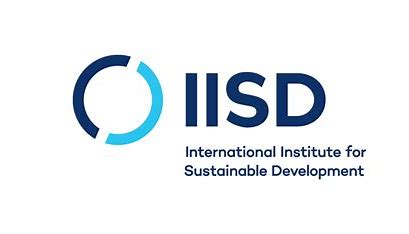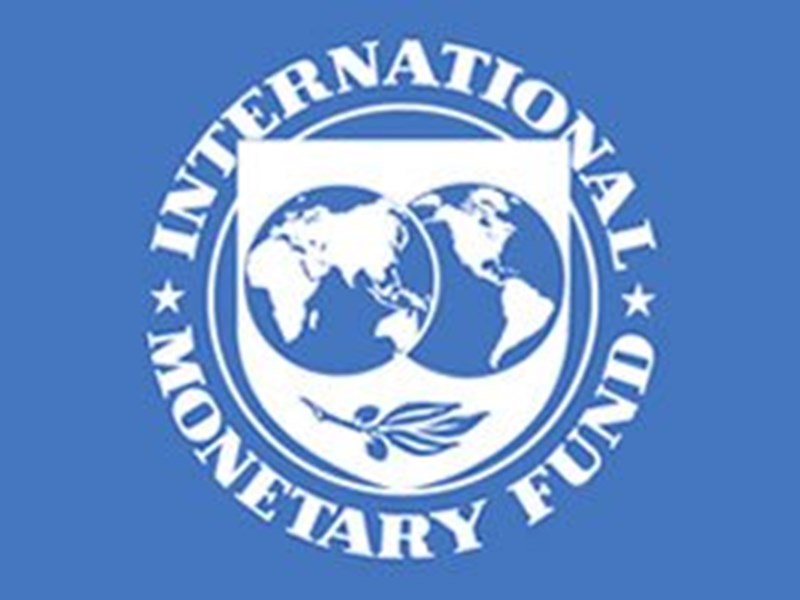Papers & Reports

The Global Minimum Tax and Special Economic Zones
The global minimum tax should prompt countries to analyze the potential impact on tax incentives and options for reform, including incentives in special economic zones (SEZs) This policy brief aims to contribute to building the understanding of SEZ authorities and investment and tax policy-makers on the growing need for reform of tax incentives and the impact this will have on the typical benefits they offer to investors. It emphasizes the need for countries to critically assess whether tax incentives remain a priority for investment promotion; whether they have been a help or hindrance to zones; and how new international tax standards impact their design and use, as well as opportunities for reform.

International Tax and International Law Revisited
This article explores whether international tax law is part of public international law. While international lawyers typically view international tax law as a subset of international law, international tax lawyers often see themselves primarily as tax specialists rather than international law experts. This distinction arises because international tax law focuses on concepts like residence and source jurisdiction, rather than nationality and territoriality, indicating substantive differences.

Can Investment Treaties Defeat Pillar 2
This paper questions the effectiveness of bilateral investment treaties (BITs) in protecting investors from the qualified domestic minimum top-up tax (QDMTT) under Pillar 2.

Corporate Tax Statistics
This is the sixth edition of Corporate Tax Statistics, an annual publication that brings together information on corporate taxation and base erosion and profit shifting (BEPS) practices that previously were unavailable to tax policy researchers and policymakers. This includes data on corporate tax rates, revenues, effective tax rates (ETR), tax incentives for research and development (R&D) and innovation, and withholding taxes amongst other data series. Corporate Tax Statistics also includes anonymised and aggregated Country-by-Country Reporting (CbCR) data providing an overview on the global tax and economic activities of thousands of large multinational enterprise groups perating worldwide.

Principles Justifying the Reallocation of Taxing Rights to Market Jurisdictions: Do We Need Them?
This article argues that market jurisdictions' taxing rights under Pillar One are justified by widely accepted principles in international taxation. These principles—such as ability to pay, the benefits principle, and economic allegiance—provide a normative basis for tax jurisdiction and are essential for the legitimacy and equity of the international tax regime. Despite criticisms of their vagueness and overlaps, the benefits principle and economic allegiance play a crucial role in designating countries with a legitimate claim to tax international income. The article contends that a principled allocation of taxing rights is not only desirable but a moral necessity for international coordination.
To read more go here

Considerations for Reforming the U.S. Transfer Pricing Rules
In this symposium paper, the UF Tax Incubator working group examines some of the problems with the U.S. transfer pricing rules and suggests incremental legislative changes to improve the functioning of those rules.

Qualified Status under the Global Minimum Tax: Questions and Answers
This document provides guidance clarifying and simplifying the application of the global minimum tax and an overview of the streamlined process for recognising qualified status for the legislation of jurisdictions implementing the Global Anti-Base Erosion (GloBE) Rules.

Tax Challenges Arising from the Digitalisation of the Economy –Administrative Guidance on the Global AntiBase Erosion Model Rules (Pillar Two), June 2024
This document sets out the fourth set of Administrative Guidance released by the Inclusive Framework. It includes guidance on application of the recapture rule applicable to deferred tax liabilities (DTL), including how to aggregate DTL categories and methodologies for determining whether a DTL reversed within five years. This guidance also clarifies how to determine deferred tax assets and liabilities for GloBE purposes when the rules result in divergences between GloBE and accounting carrying value of assets and liabilities. It also includes further guidance on cross-border allocation of current and deferred taxes, allocation of profits and taxes in certain structures involving Flow-through Entities, and the treatment of securitisation vehicles.

Broadening the Gains from Generative AI: The Role of Fiscal Policies
Generative artificial intelligence (gen AI) holds immense potential to boost productivity growth and advance public service delivery, but it also raises profound concerns about massive labor disruptions and rising inequality. This note discusses how fiscal policies can be employed to steer the technology and its deployment in ways that serve humanity best while cushioning the negative labor market and distributional effects to broaden the gains. Given the vast uncertainty about the nature, impact, and speed of developments in gen AI, governments should take an agile approach that prepares them for both business as usual and highly disruptive scenarios.

A Toss Up? Comparing Tax Revenues from the Amount A and Digital Service Tax Regimes for Developing Countries
This paper attempts to estimate the tax revenues to be gained by the Member States of ATAF, WATAF, AU and the South Centre under the Amount A and an alternative stylized DST taxation regime. Our research demonstrates that the comparative revenue effects of the Amount A and DST taxation regimes largely depend on (a) the mix of relevant domestic economic activities at market jurisdictions (i.e., revenues sourced to the country as a market jurisdiction under Amount A and the level of revenues from automated digital services generated in the country), (b) design details of the DST regime such as the DST tax rate and the nature of activities to be taxed and (c) the relief from double taxation, if any, countries will grant to domestic and foreign taxpayers under DST.


































